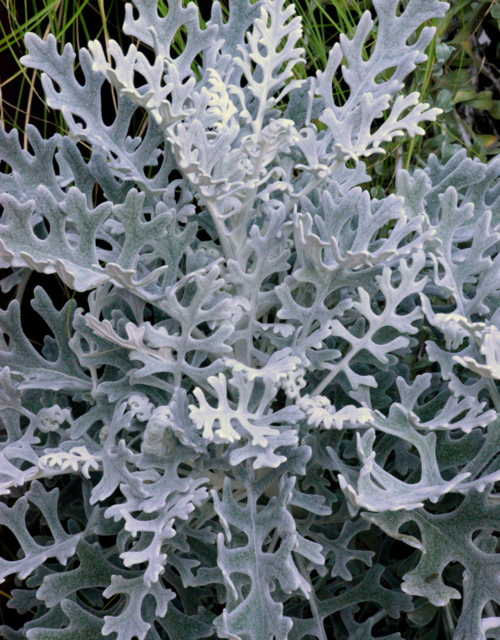


Right on schedule, Pantone has revealed the color of the year for 2021. In a break with tradition, there are actually two colors—a bright, buttery yellow called Illuminating, and Ultimate Gray. The minute I saw the yellow, I thought, perfect choice! It’s cheerful, and after 2020, we need all the cheering up we can get. But gray? Most of 2020 was a dismal, gray year, and the thought of facing yet another year like that is downright depressing. I don’t need to reinforce those bleak feelings.
(more…)


 Aliens have invaded Colorado. Once again, a non-native species has moved into our territory and established a thriving population. In this case, it’s the European Paper Wasp (left). You can read all about it at the Colorado State University Extension
Aliens have invaded Colorado. Once again, a non-native species has moved into our territory and established a thriving population. In this case, it’s the European Paper Wasp (left). You can read all about it at the Colorado State University Extension